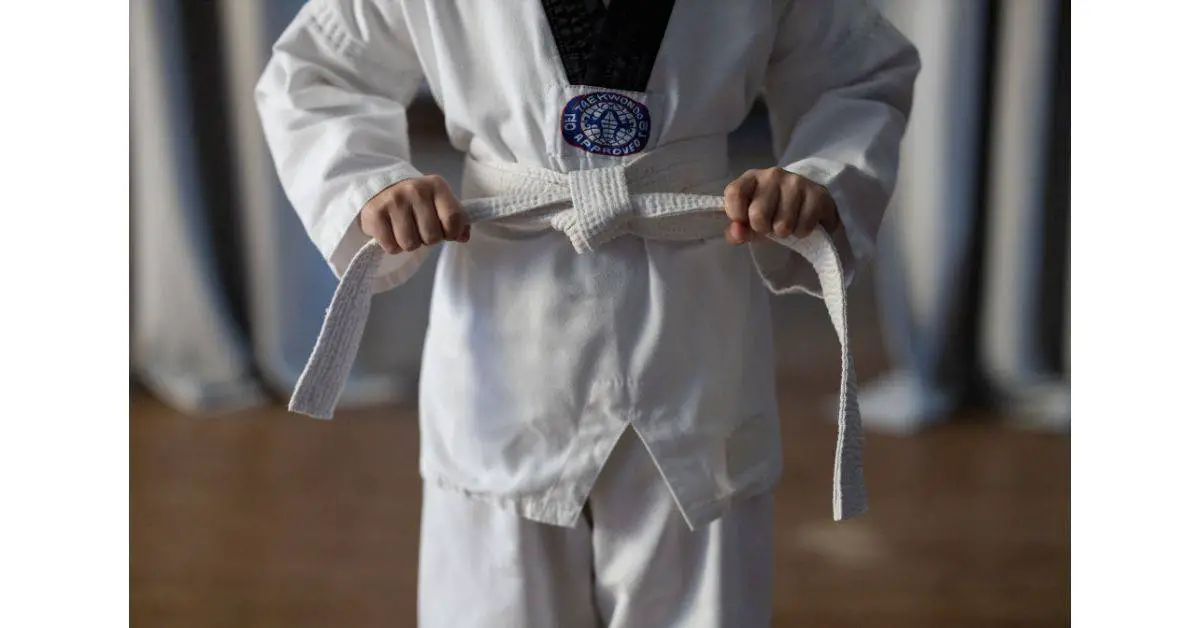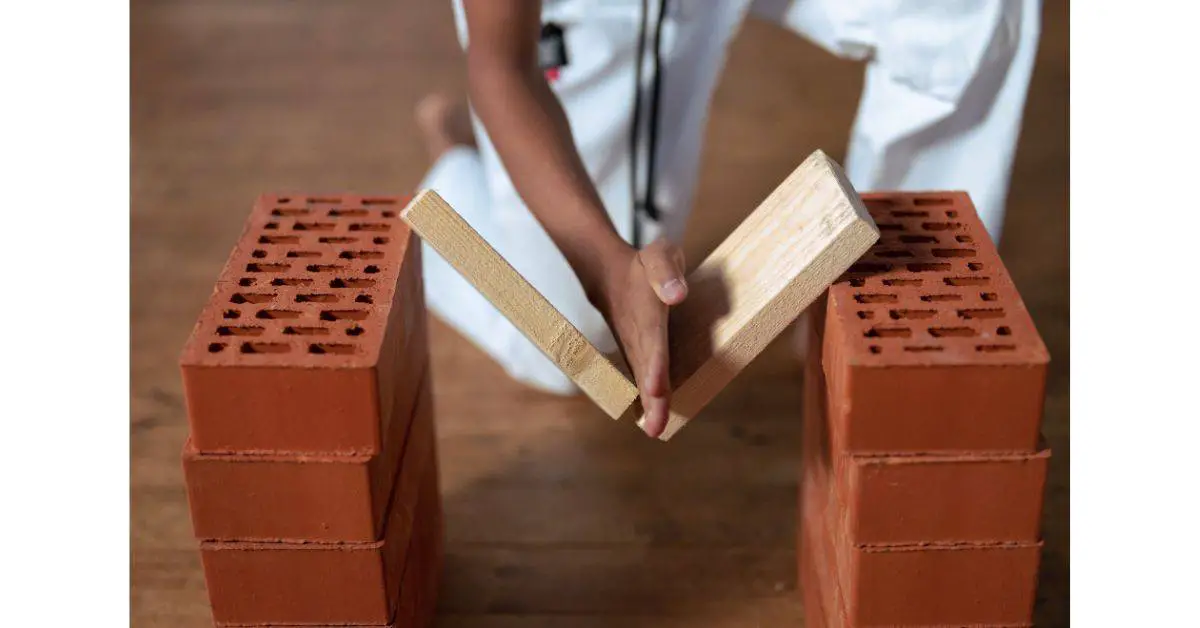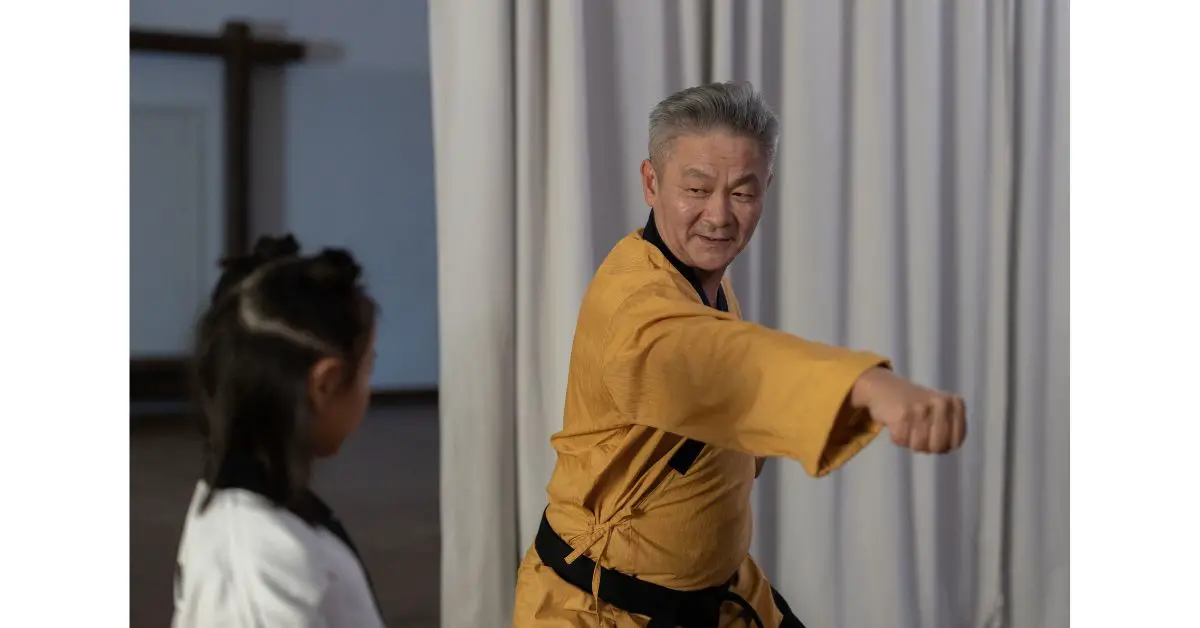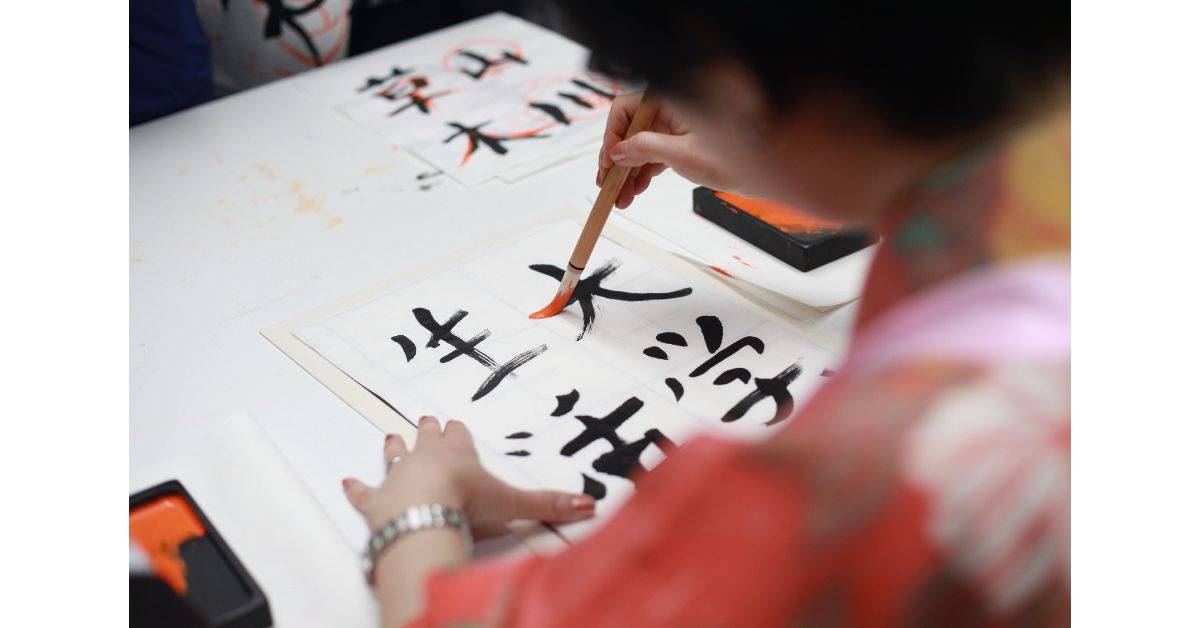You might be learning karate, but could be quite confused about its origins. Maybe you’re stuck between karate being Japanese or Chinese, or must have had a hunch that karate had its roots in Japan because you’ve been learning about the origins of various martial arts. However, you didn’t know for sure which it is.
It could seem like it could be from China or Korea. Don’t worry, I’ve conducted some research, and this is what I discovered.
Karate has its roots in Japan and was developed from the native Ryukyuan martial arts. When the Ryukyu Kingdom was annexed by Japan in the early 20th century, Ryukyuan martial arts—particularly the Fujian white crane—were formally introduced to Japan. The word “karate” originally meant “Chinese hand,” signifying that it was a Chinese martial art.
Over many centuries, karate developed in East Asia. It was systematized in Okinawa in the 17th century, by people who were not allowed to carry weapons. In the 1920s, it was imported into Japan. With the development of numerous schools and systems, each favored slightly various training methodologies.
Like other Asian martial arts styles, karate emphasizes a positive mental attitude, politeness rituals, costumes, and a rigorous ranking system (by the color of the belt). There are some technical similarities to other fighting styles.
Where does karate originate from?
Although karate is often seen outside of Japan as being as uniquely Japanese as sushi or cherry blossoms—a seemingly timeless practice whose traditions are shrouded in Zen mysticism. Although, Many of karate’s most recognizable components, such as the uniforms and the hierarchy of expertise designated by colored belts, were actually created in the 1920s.
Karate originates from Okinawa, an independent island. It was first created 1400 years ago. The Okinawan people wanted to study self-defense. As a result, they constructed a new martial art. Although they focused on a single style, many other styles were constructed—today, we know these styles as karate.

Only 86 years ago did Japan formally recognize karate as a martial art. The archipelago of Okinawa, a long-independent kingdom whose culture was greatly influenced by China and which still maintains its own identity today, is where it originated, not the main island of Japan.
Karate was able to thrive after the Second World War because it was not widely practiced in Japan, avoiding the demilitarization program imposed by the Allied occupying forces that had suppressed other ancient combat arts.
When was karate invented?
The origins of karate can be traced back approximately 1400 years to Daruma, the Western Indian Zen Buddhist movement’s founder. Daruma is credited with bringing Buddhism to China and using rigorous spiritual and physical teaching techniques that caused many of his followers to pass out from exhaustion.
He created a more progressive training program to increase their strength and stamina, which he documented in a book called Ekkin-Kyo, which is regarded as the first Karate book ever written.
In the year 500 A.D., Shaolin Temple instructors imparted physical training that was heavily infused with Daruma’s philosophical principles. The Shokei school of southern China was renowned for its more potent and sober techniques, while the Shaolin (Shorin) school of northern China differentiated itself by its vibrant, quick, and dynamic movements.

These two types of fighting styles made their way to Okinawa and influenced the island’s native fighting style, known as Okinawa-te (Okinawan hand) or simply te. The long-term prohibition of weapons in Okinawa is also partly to blame for the island’s high level of development of unarmed fighting techniques.
To sum up, two fighting styles were combined to create karate in Okinawa. The first one, used by the people of Okinawa, was extremely basic but incredibly effective. It was also, and perhaps most importantly, extremely close to reality because it had been used for many centuries in actual combat.
The second one, which was much more complex and infused with philosophical ideas, was a creation of early Chinese culture. These two origins help to explain Karate’s dual nature as a highly effective and violent art, but also as a strict and austere discipline and philosophy that places a strong emphasis on nonviolence.
Is karate Japanese or Chinese
Karate was influenced by Chinese immigrants who settled in Okinawa and taught the local martial artists there some of their techniques.
Although karate is technically Chinese, it was developed into a comprehensive system and spread throughout Japan.
Karate is regarded as a Japanese martial art since it first originated from the Okinawan island in Japan. However, most of its roots seem to all trace back to the Chinese culture. As a result, it’s somewhat easy to declare it as a Chinese martial art.
It’s believed that Fujian White Crane, a style of kung fu with roots in Southern China, had an influence on karate. The only permitted weapons in karate are one’s hands and feet.
Who invented karate?
The Japan Karate Association asserts that Master Funakoshi created karate. He developed the official “Dan” ranking system, as well as the philosophy and curriculum, in the 1920s. He was a very skilled martial artist.
Master Funakoshi, the creator of karate, was initially instructed by his fellow Okinawan Master Itosu Anko.
Funakoshi had a natural talent for karate from an early age and quickly outperformed his instructor. The main credit for establishing and popularizing karate in Japan is given to Funakoshi.
When Funakoshi traveled to Japan at the age of 54 and performed a karate demonstration, karate gained widespread recognition. He was inundated with admiration because so many people were impressed. He was one of the few individuals to have received the initiation into each of the main Okinawan Karate techniques.
As a comprehensive discipline, Master Funakoshi taught a synthesis of the Okinawan styles. Shotokan, literally “house/school (kan) of pine waves (shoto – Funakoshi’s pen name),” came to be the name for this technique. Funakoshi is widely regarded as the “father of modern Karate-do” due to the style’s enormous popularity in Japan and, later, throughout the world.
What was karate originally called?
The original name of karate was karate-jutsu, which translates to “Chinese-hand martial arts” in Japanese. Indicating that it has Chinese roots.
Interestingly, despite their proximity geographically, Okinawa and Japan do not share a common language. For this reason, Funakoshi changed the names of his techniques and his organization to be more palatable to Japan.
The word “karate” was changed to the same spelling in English by Master Funakoshi.

In grammar, this is referred to as a homophone. A homophone in English is the word “meet” and “meat.” Also, “one” and “won.”
He changed the spelling to make it mean “open hand” instead of “Chinese hand martial arts.” indicating that his particular martial art was a development and adaptation of the Chinese influence on his fighting technique.
Final words
Karate has grown into a multibillion-dollar global industry and as such dojos can be found everywhere, even in urban malls from Sydney to Paris, and with a sizable market for supplies and instruction. And there are no signs that its popularity is waning.
The owner of Evolutionary Martial Arts, Mark Tomé, believes that karate has a wider audience because a reasonable number of Americans are admirers of Eastern philosophy, religion, and culture in all of its manifestations.
That’s including everything from yoga and meditation to Japanese manga comics and anime movies, according to some experts. That’s because Karate makes people feel unique and different, it is a lifestyle.
If you enjoyed reading this article, I encourage you to read about Karate’s belt order. It’s one of these articles you just need to read to understand karate better.

